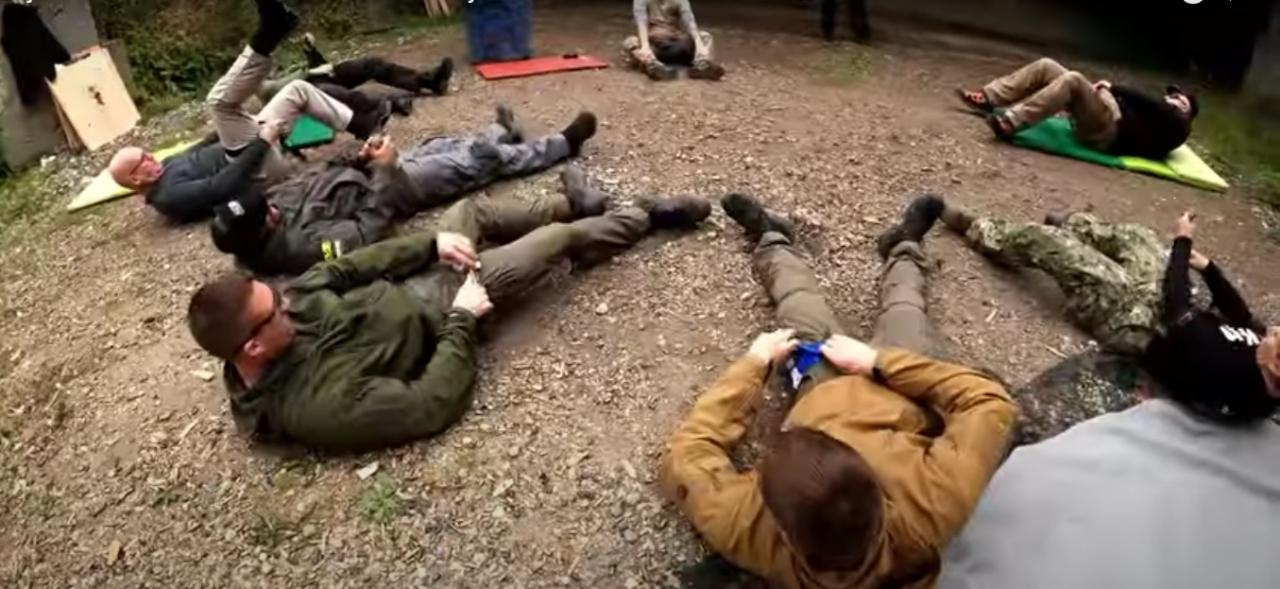Success in tactical training requires mastery of various essential skills. The importance of the Tactical Life Saver is an area that is often overlooked. A trained individual who provides medical assistance to injured team members in the field. Exploring the significance of the Tactical Life Saver figure and discussing strategies for persevering in combat despite injuries.
Why is the Tactical Life Saver Important?
Providing medical assistance to injured team members can make the difference between life and death in any tactical scenario. Having a trained Tactical Life Saver on hand can be a game-changer when dealing with a gunshot wound, serious laceration, or any other type of injury. Trained to provide immediate medical attention in the field, these individuals often operate in high-pressure situations where every second counts.
Keeping more people engaged in the fight is another significant benefit of having a Tactical Life Saver on your team. Having a team member injured and unable to continue fighting means one less person on the front lines. You can enhance the probability of wounded team members receiving medical aid and returning to combat swiftly by possessing a Tactical Life Saver.
Learning to Continue Fighting When Wounded
It’s important to learn how to continue fighting even when you’re wounded, but having a Tactical Life Saver on your team is crucial. Just that can be achieved by implementing these tactics:
Keep Your Head in the Game
One of the most important things to remember when you’re wounded is to stay focused and keep your head in the game. Don’t panic or let your injury distract you – instead, stay calm and stay focused on the task at hand.
Move to Cover
If you’re wounded, it’s important to move to cover as quickly as possible. This will help protect you from further harm and give you a chance to assess your injury and figure out your next steps.
Control the Bleeding
If you’re dealing with a gunshot wound or any other type of injury that involves bleeding, it’s important to control the bleeding as quickly as possible. This can involve applying pressure to the wound or using a tourniquet to restrict blood flow.
Communicate with Your Team
Communicating with your team is crucial when you’re wounded. Let them know what’s going on, and if you’re unable to continue fighting, make sure that someone else can take your place on the front lines.
The Tactical Life Saver is a crucial figure in any tactical scenario. Trained individuals provide medical assistance to injured team members in the field, increasing the chances of survival and keeping more people engaged in the fight. It’s important to know how to keep fighting even when injured. You can improve your chances of success in any tactical scenario by staying focused, covering, controlling bleeding, and communicating with your team.

